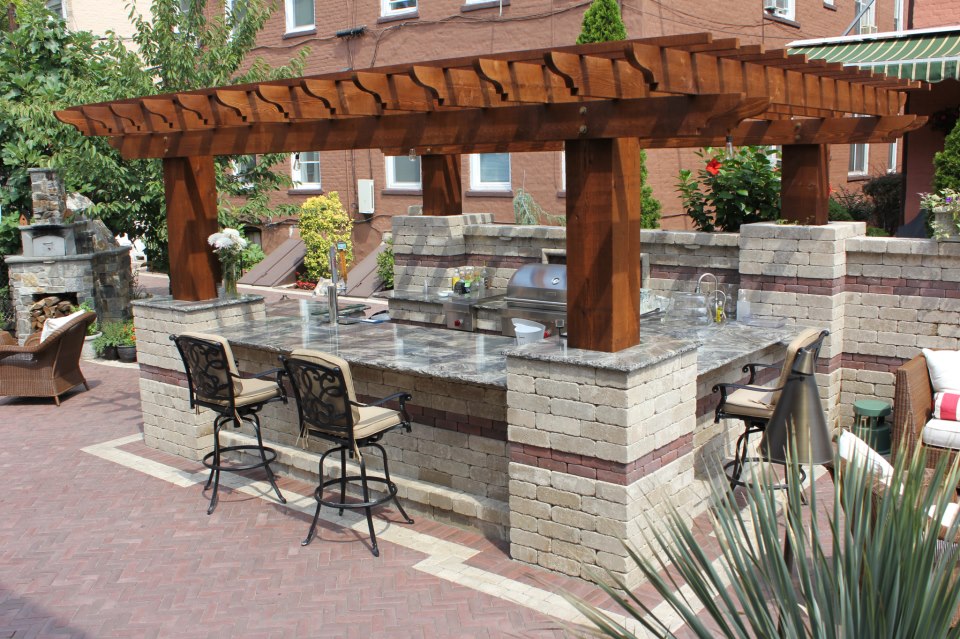Wood provides a natural way to add hardscaping elements to your Huntington, NY, landscape. Wood can be used to add beautiful permanent features to your yard, and is sometimes more flexible than stone masonry. There are a few things to consider before deciding on wood features though. Read on to make sure you've considered all the pros and cons of using wood for your landscape.
Why Choose Wood?
Wood adds a level of warmth and softens the look of your hardscape. It’s sustainable and has a much smaller carbon footprint than other common building materials. Wood is versatile and flexible, offering endless possibilities for creating unique hardscaping elements. Wood also offers a wide range of treatment options. It can be stained to match other wood elements, painted to coordinate with your home, or left untreated to weather naturally. Consider the benefits of using wood for some of these landscape features:
RELATED: IDEAS FOR USING COLOR TO ADD DEPTH TO OYSTER BAY LANDSCAPE DESIGN
Retaining Walls
Retaining walls built with wood offer an affordable solution for sloped yards. Wood retaining walls can blend naturally with almost any landscape. Staining the wood to match its surrounding elements will create a unified look for your yard. A well-built timber retaining wall that is properly waterproofed can last up to 20 years. The one drawback to using wood for retaining walls is the possibility of rot. This weakness can shorten the lifespan of wood walls versus those made of stone or concrete.
RELATED: ENHANCING YOUR SOUTHAMPTON LANDSCAPE DESIGN WITH RETAINING WALLS
Borders and Edging
Another popular way to use wood in your landscape is for borders and edging around planting beds and walkways. Treated landscape timbers are durable and long-lasting and will create a striking border. Redwood and cedar also work well to build edging. These types of wood are excellent for straight borders, but don’t work well with curved landscape design. Bender board can be used to create curved edging. This thin wood stripping is extremely flexible and uses dado joints to connect pieces, allowing for a wide variety of flowing curved designs.
RELATED: DESIGN IDEAS FOR INCORPORATING SWEEPING CURVES AND MEANDERING LINES INTO YOUR LANDSCAPE
Pergolas & Gazebos
Wood is the most common construction material for pergolas and gazebos. Wood offers unlimited options when it comes to the size and style of your built structure, so your wooden pergola or gazebo can be easily designed to complement your existing landscape. The only downside to building outdoor structures with wood is that it does require maintenance to keep it looking its best.
Decks and Steps
Decks are one of the most common exterior elements built from wood. A deck can act as the focal point of your yard, or work with other landscape elements such as a pool, hot tub, or fireplace. A deck can also be incorporated into any size landscape. Tiered decks with connecting steps are another excellent way to overcome a steep grade in your backyard.
Wood is the most popular material for deck construction, with cedar and redwood being the most popular choices for natural wood decking. Pressure-treated pine is cost-efficient and long-lasting, but is not as aesthetically pleasing as cedar or redwood. For a truly luxurious deck, Ipe is a weather resistant hardwood that looks similar to mahogany. Its rich warm color and durability make it an excellent choice for decking. If you like the look of weathered wood, cedar is low maintenance, but most wood decks require painting or staining to preserve the look and integrity of the wood.


